- Home
- Articles
- Architectural Portfolio
- Architectral Presentation
- Inspirational Stories
- Architecture News
- Visualization
- BIM Industry
- Facade Design
- Parametric Design
- Career
- Landscape Architecture
- Construction
- Artificial Intelligence
- Sketching
- Design Softwares
- Diagrams
- Writing
- Architectural Tips
- Sustainability
- Courses
- Concept
- Technology
- History & Heritage
- Future of Architecture
- Guides & How-To
- Art & Culture
- Projects
- Interior Design
- Competitions
- Jobs
- Store
- Tools
- More
- Home
- Articles
- Architectural Portfolio
- Architectral Presentation
- Inspirational Stories
- Architecture News
- Visualization
- BIM Industry
- Facade Design
- Parametric Design
- Career
- Landscape Architecture
- Construction
- Artificial Intelligence
- Sketching
- Design Softwares
- Diagrams
- Writing
- Architectural Tips
- Sustainability
- Courses
- Concept
- Technology
- History & Heritage
- Future of Architecture
- Guides & How-To
- Art & Culture
- Projects
- Interior Design
- Competitions
- Jobs
- Store
- Tools
- More
How Aerial Imagery Elevates Sustainable Architecture

Aerial imagery transforms the landscape of sustainable architecture. High-definition images provide detailed insights into land conditions, enabling precise planning and site assessments.
With this technology, architects gain a clearer understanding of how to design structures that fit harmoniously with their environment.
It also allows for more effective decision-making regarding resource management and energy efficiency. This integration not only supports green building practices but also enhances collaborations across various fields, such as roofing solutions.
As we explore further, you will see how this innovation plays a pivotal role in shaping the future of eco-friendly construction.
Table of Contents
ToggleEnhancing Site Assessments
Aerial imagery significantly elevates sustainable architecture by improving site assessments. Detailed aerial views reveal essential landscape features, including vegetation, topography, and water drainage patterns. Architects can analyze these elements efficiently to make informed design choices that minimize environmental impact.
Identifying natural resources and constraints early in the planning process allows teams to reduce waste and optimize materials. Additionally, high-definition images enable architects to evaluate solar exposure and wind patterns for energy-efficient designs.
This approach streamlines the planning phase and fosters collaboration among stakeholders – ensuring everyone remains aligned with sustainability goals throughout the project lifecycle.
Optimizing Resource Management
The advancements in aerial imagery also contribute to optimizing resource management within sustainable architecture. Accurate images highlight areas where resources, such as sunlight and wind, can be harnessed effectively.

Architects use this data to make smart choices regarding energy systems and building materials, ensuring maximum efficiency throughout the project’s life cycle.
Clear visuals reveal potential risks and opportunities related to natural resources, enabling teams to prioritize eco-friendly options during construction.
Moreover, this technology fosters transparency among stakeholders. Everyone involved gains access to real-time information about project status and resource usage – creating a collaborative environment focused on sustainability from start to finish.
Enhancing Design Collaboration
Another advantage of aerial imagery lies in its ability to enhance design collaboration among project teams. High-resolution images provide a common visual reference, bridging gaps between architects, engineers, and stakeholders. This clarity fosters open communication and aligns everyone’s vision for the project.
With shared access to detailed imagery, teams can engage in informed discussions about design elements and potential challenges early in the process. The collective understanding of site conditions encourages innovative solutions that prioritize sustainability while meeting practical needs.
Additionally, this collaborative approach reduces miscommunication, saving time and resources during the design phase. This ultimately leads to more effective implementation of eco-friendly practices throughout the construction process.
Streamlining Project Monitoring
The benefits of aerial imagery extend to streamlining project monitoring throughout construction. Real-time aerial views allow teams to track progress, ensuring that the project aligns with sustainability goals. Regular updates provide valuable insights into resource use and environmental impact as work unfolds.
These images facilitate quick identification of issues, allowing for timely adjustments before problems escalate. Integrating roofing estimating software with aerial data enhances accuracy in budgeting and material allocation – ensuring that resources are used efficiently from the start.
Such technology fosters proactive management practices while reducing delays and waste during construction phases. This approach ensures that every decision made supports a sustainable outcome for the final architectural design.
Improving Community Engagement
The final point highlights how aerial imagery improves community engagement during architectural projects. High-definition visuals provide residents with a clearer understanding of proposed designs and their impacts on the surrounding environment. This transparency fosters trust and encourages meaningful conversations among stakeholders.
Engaging communities early in the design process allows architects to gather valuable feedback, ensuring that new structures align with local needs and preferences. Aerial imagery enables teams to showcase various design options from different angles, enhancing public participation in decision-making.
This inclusive approach not only strengthens relationships but also cultivates a shared sense of responsibility toward sustainable development, ultimately leading to more harmonious integration within existing neighborhoods.
In Conclusion…
The integration of aerial imagery into sustainable architecture creates a ripple effect, benefiting not just the design process but also communities and the environment. As technology continues to evolve, embracing these innovations will play a crucial role in shaping eco-friendly practices.
Stakeholders at every level can contribute to building more resilient and sustainable spaces that enhance both functionality and community well-being for future generations.
illustrarch is your daily dose of architecture. Leading community designed for all lovers of illustration and #drawing.
Submit your architectural projects
Follow these steps for submission your project. Submission FormLatest Posts
How Modern Bridges Balance Aesthetics and Engineering
How modern bridges balance aesthetics and engineering: explore form-driven systems, case studies,...
Exterior & Interior Remodeling Tips Every Homeowner Should Consider
Home upgrades reshape comfort, improve function, and strengthen long-term property value. Whether...
Top 8 Luxury Vacation Rentals Features Guests Love Most
A luxury vacation rental offers an entirely different experience than a typical...
Why Local Expertise Matters: Choosing the Right Plumbers in Townsville
Why Local Expertise Matters: Choosing the Right Plumbers in Townsville When it...





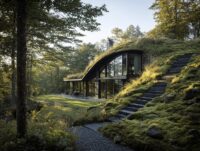
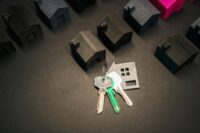
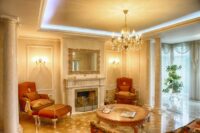
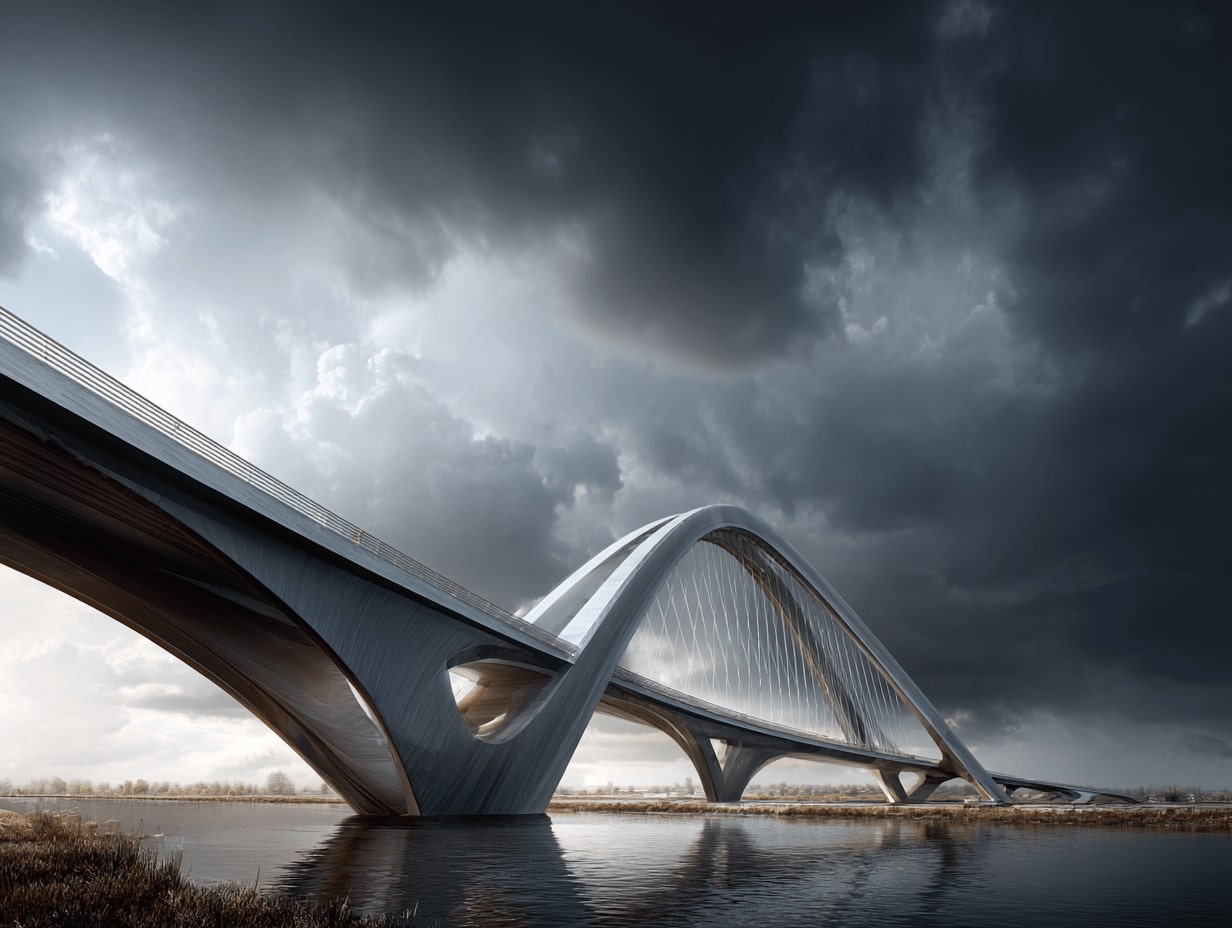
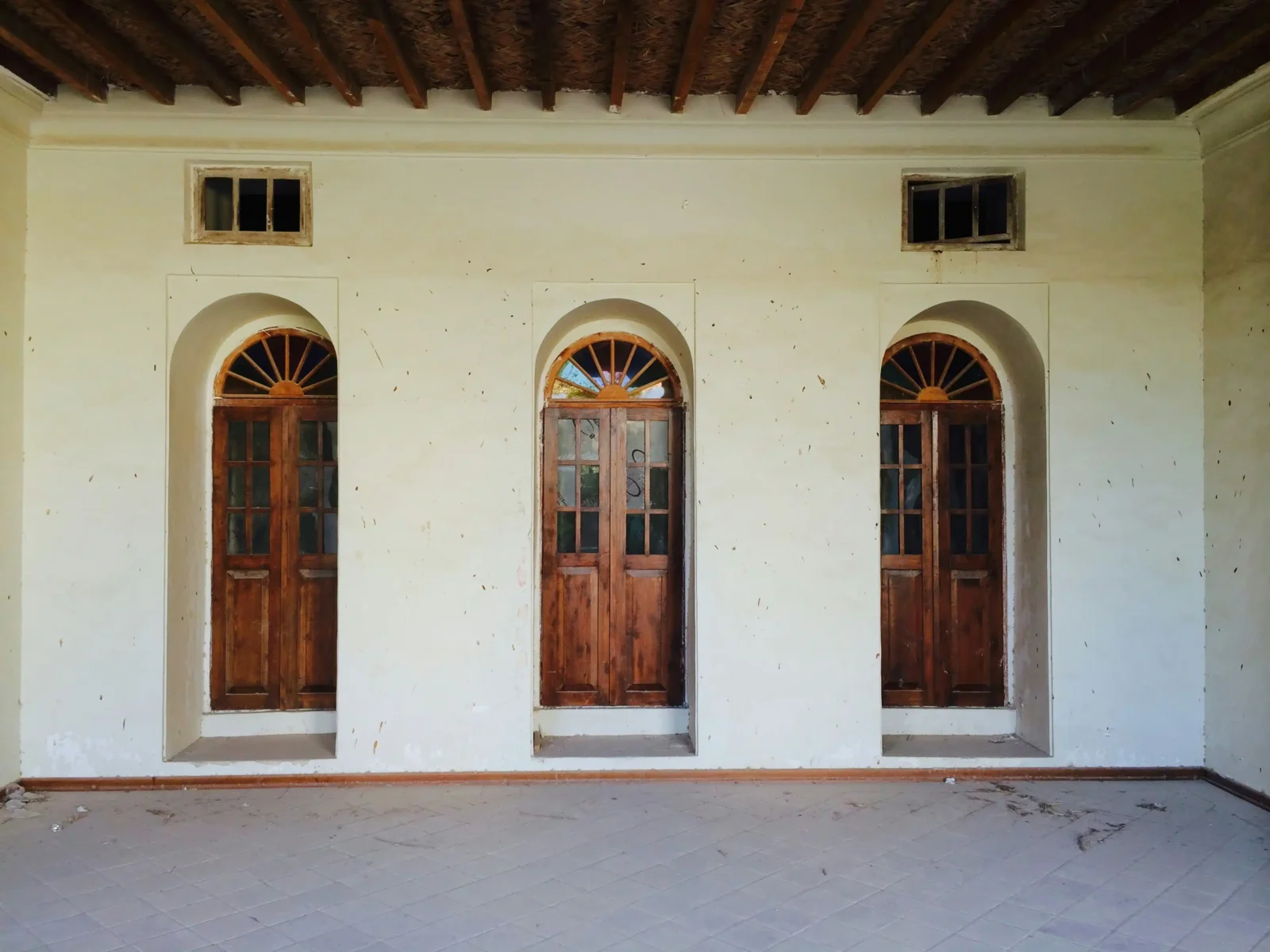
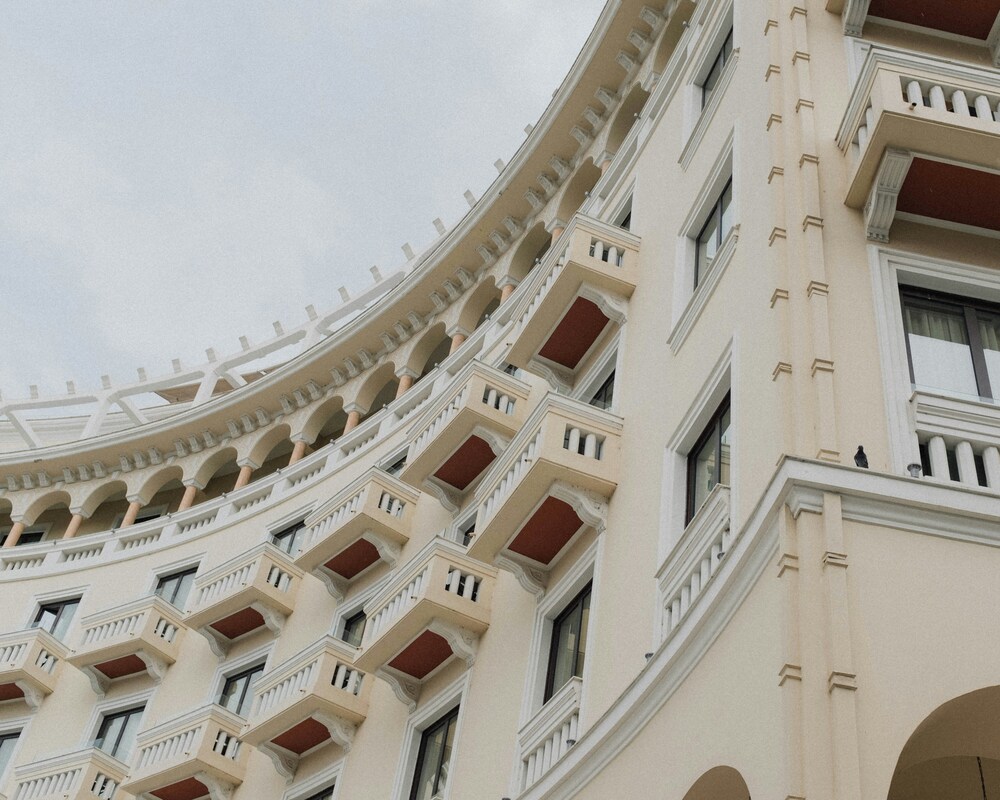

Leave a comment